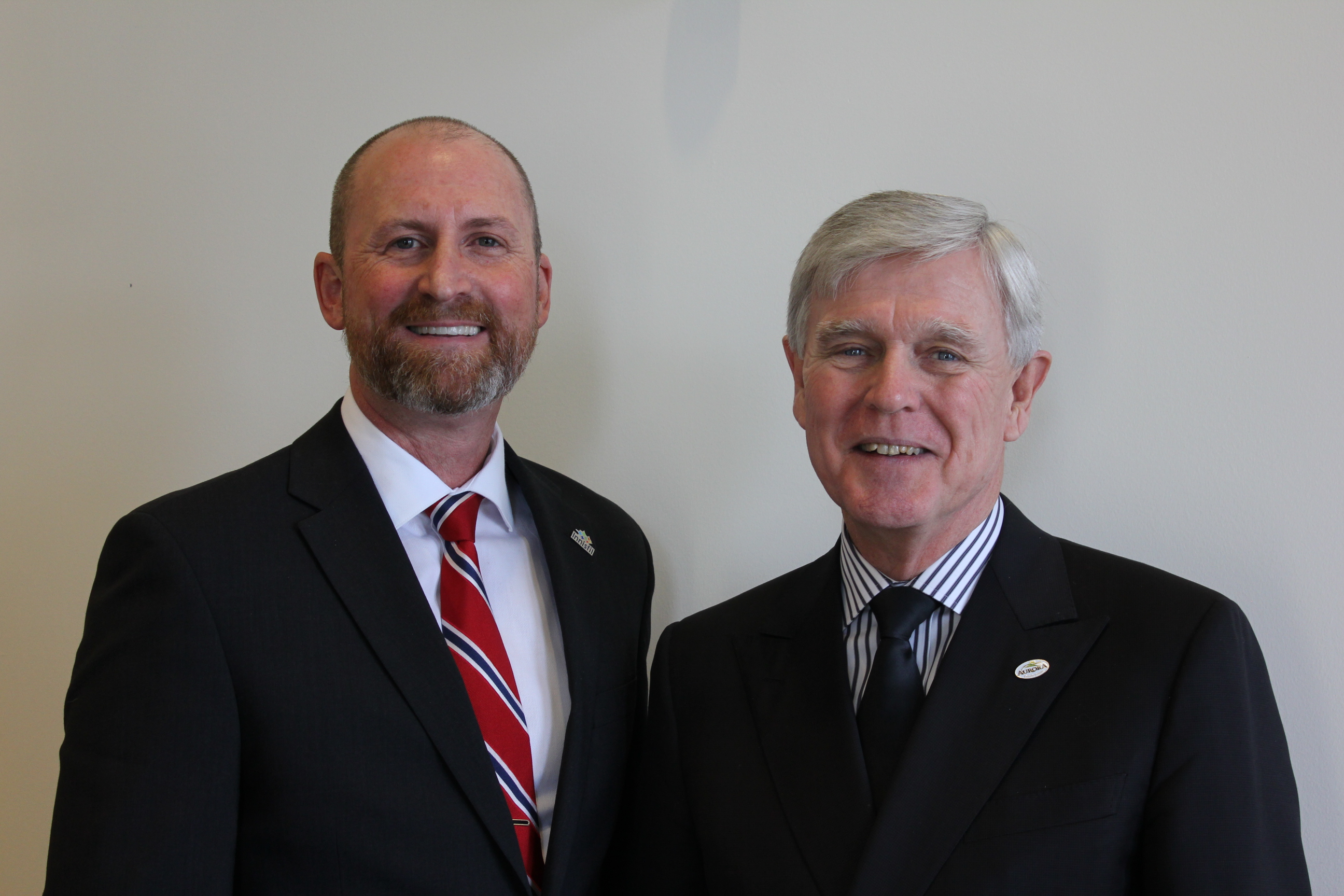
LSRCA Re-Elects Chair, Releases Report on Watershed Conservation
At their 2017 Annual General Meeting, the Lake Simcoe Region Conservation Authority (LSRCA) Board of Directors secured continuity by re-electing Aurora Mayor Geoffrey Dawe to…

At their 2017 Annual General Meeting, the Lake Simcoe Region Conservation Authority (LSRCA) Board of Directors secured continuity by re-electing Aurora Mayor Geoffrey Dawe to…

A new poll of 1,500 Ontario residents has revealed discrepancies between the provincial government’s public policies when it comes to the bottled water industry and…

Halifax regional council’s Environment and Sustainability Standing Committee (ESSC) will pursue a mandate that anything built in its Cogswell Interchange redevelopment be powered by energy…
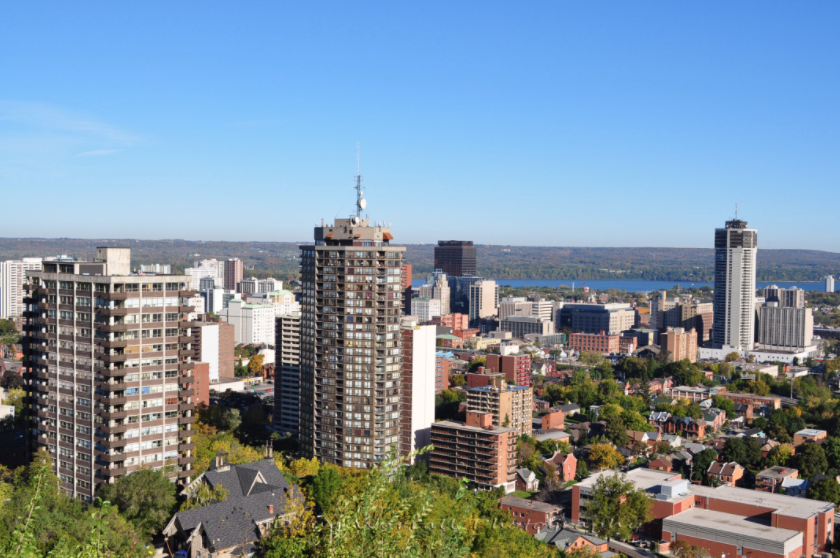
Bird Construction Inc. announced today that it is part of the Harbour City Solutions consortium selected as the preferred proponent to design, build, finance, operate…

A survey conducted by the BLOOM Centre for Sustainability has found that the majority of craft breweries in Ontario understand the need to improve their…
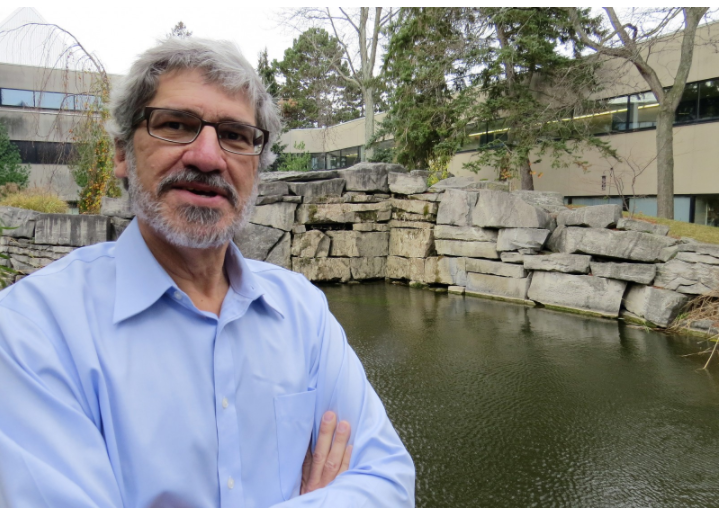
One of Canada’s leading researchers on freshwater resources and conservation from Brock University has passed away. Professor Steven Renzetti—husband to professor Diane Dupont, and brother…
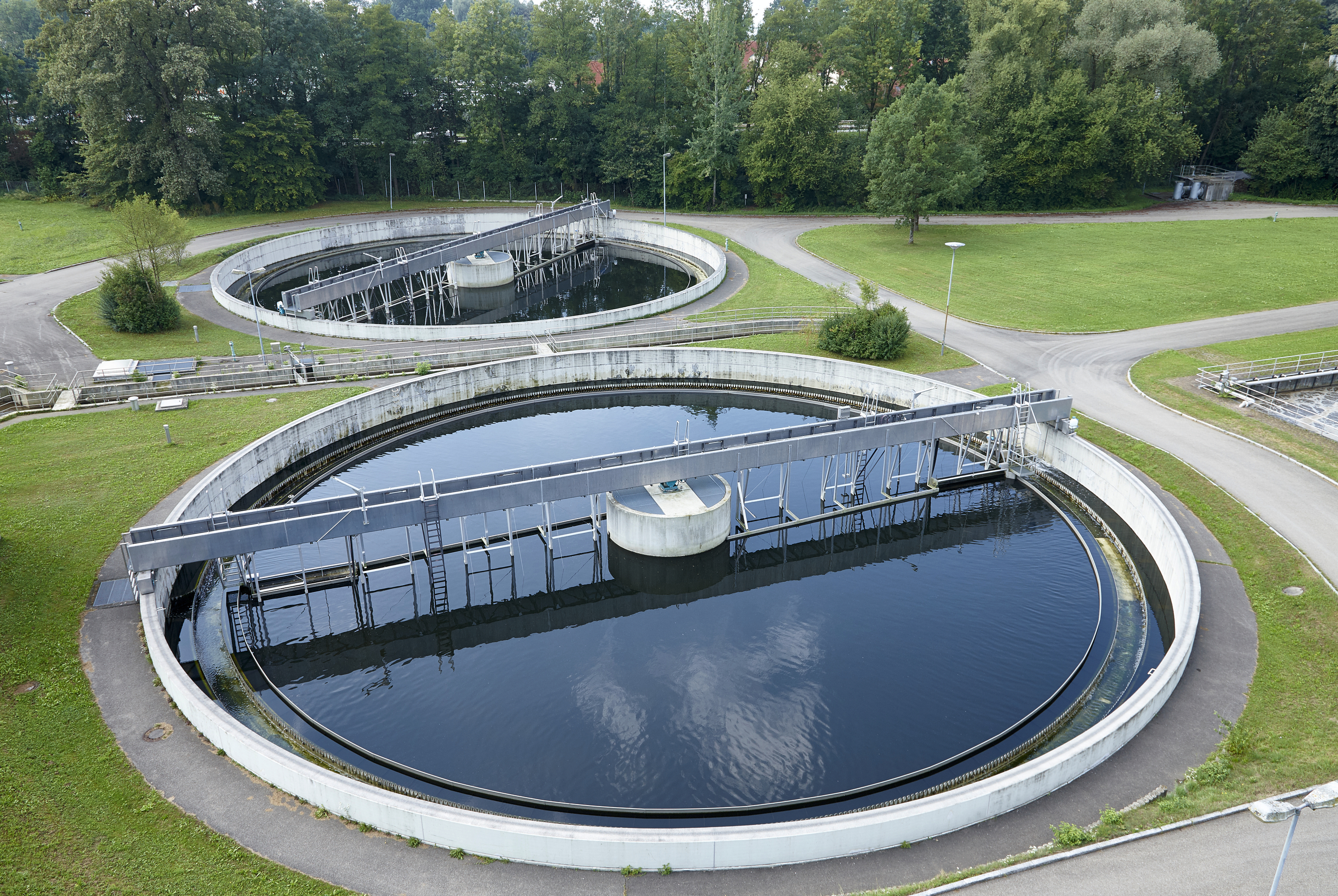
Service Works Global (SWG), has today announced the launch of a new survey, exploring the operational phase of PPP / P3 (public-private partnership) projects, in…

In a new report to parliament, the Parliamentary Budget Officer, Jean-Denis Fréchette, provided analysis on the results of the Government’s New Infrastructure Plan (NIP) announced through…
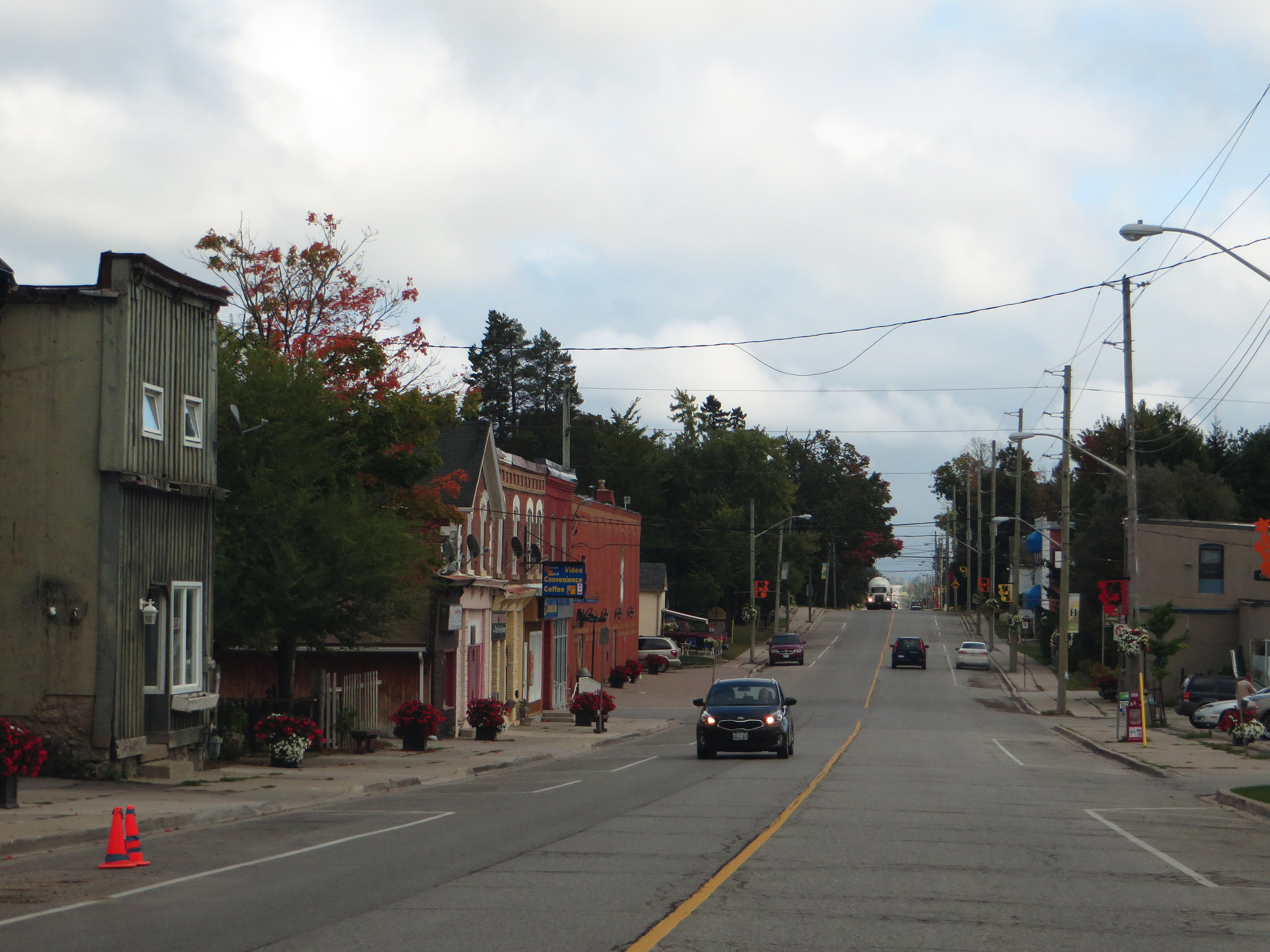
The town council of Erin, Ontario, approved a scope change for the Urban Centre Wastewater Servicing Class Environmental Assessment (Class EA), looking into the feasibility…
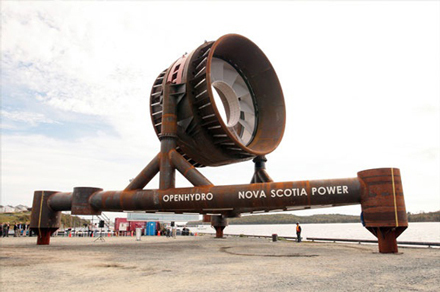
Nova Scotia Supreme Court is hearing arguments regarding the installation of a five-story tidal turbine in Minas Passage, an inlet of the Bay of Fundy…
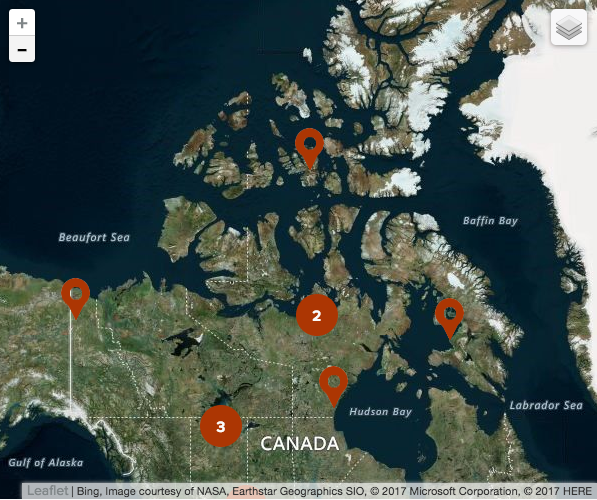
February 2 is World Wetlands Day—the anniversary of the adoption of a treaty which provides the framework for the conservation and wise use of wetlands.…
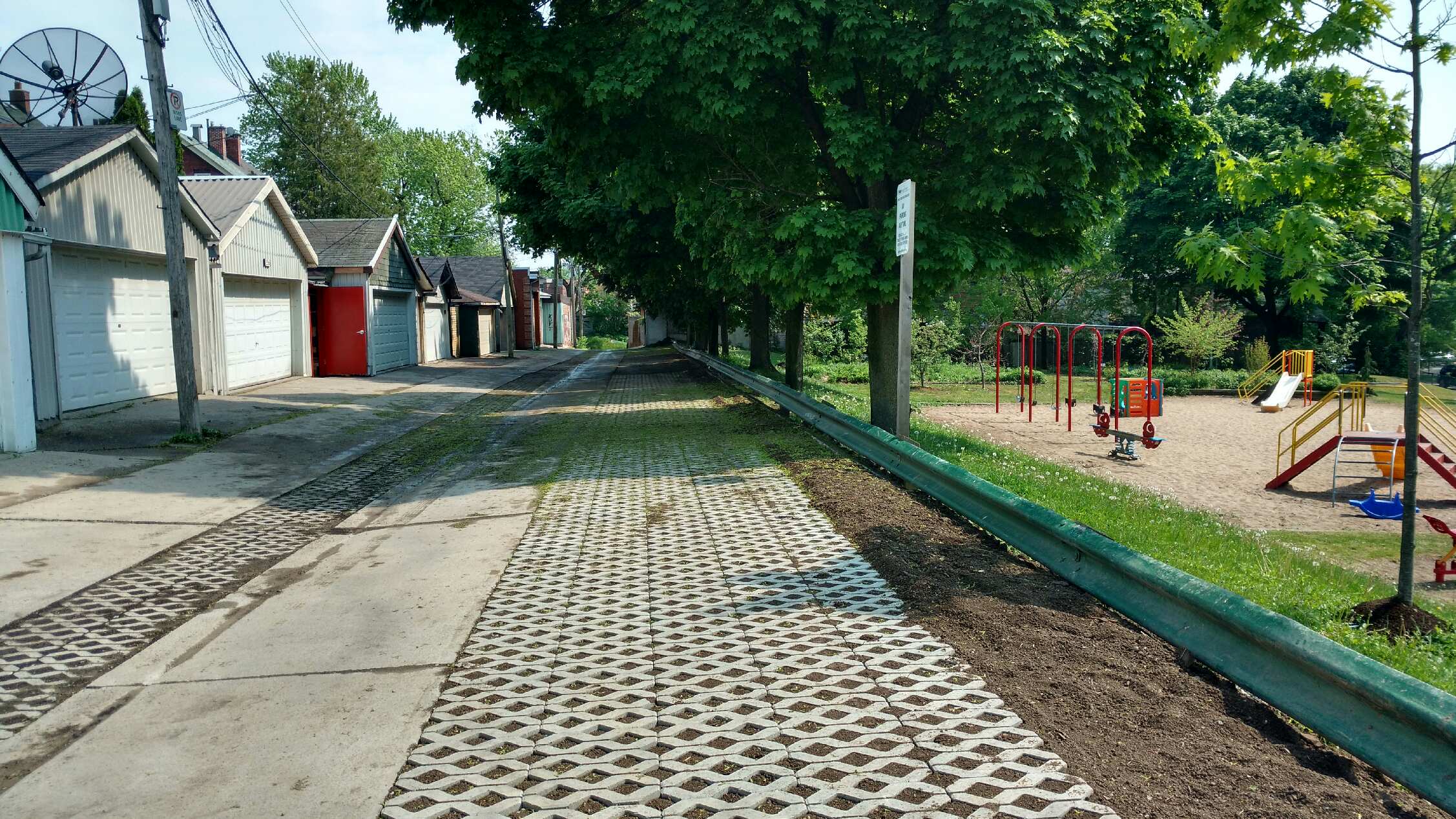
The City of Toronto has more than 2,400 publicly owned laneways. These back alleys, that run throughout the city, behind our streets, connecting our residential…
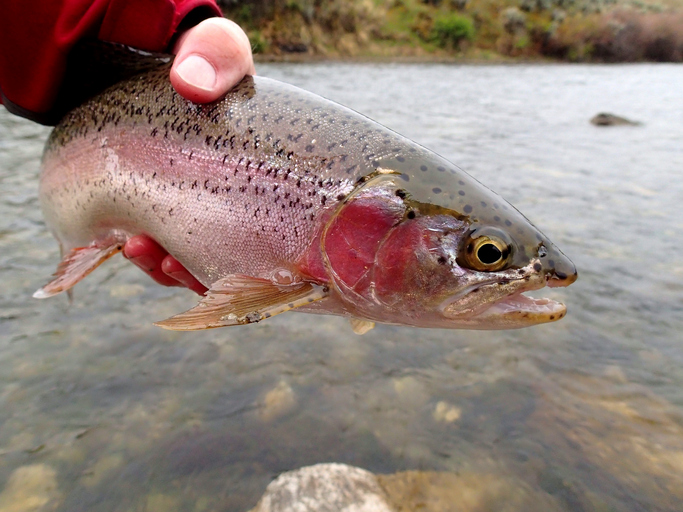
Two recent studies from the Univsersity of Alberta and Stanford have emphasized the deleterious effects of petroleum spills on the health of fish species, freshwater…
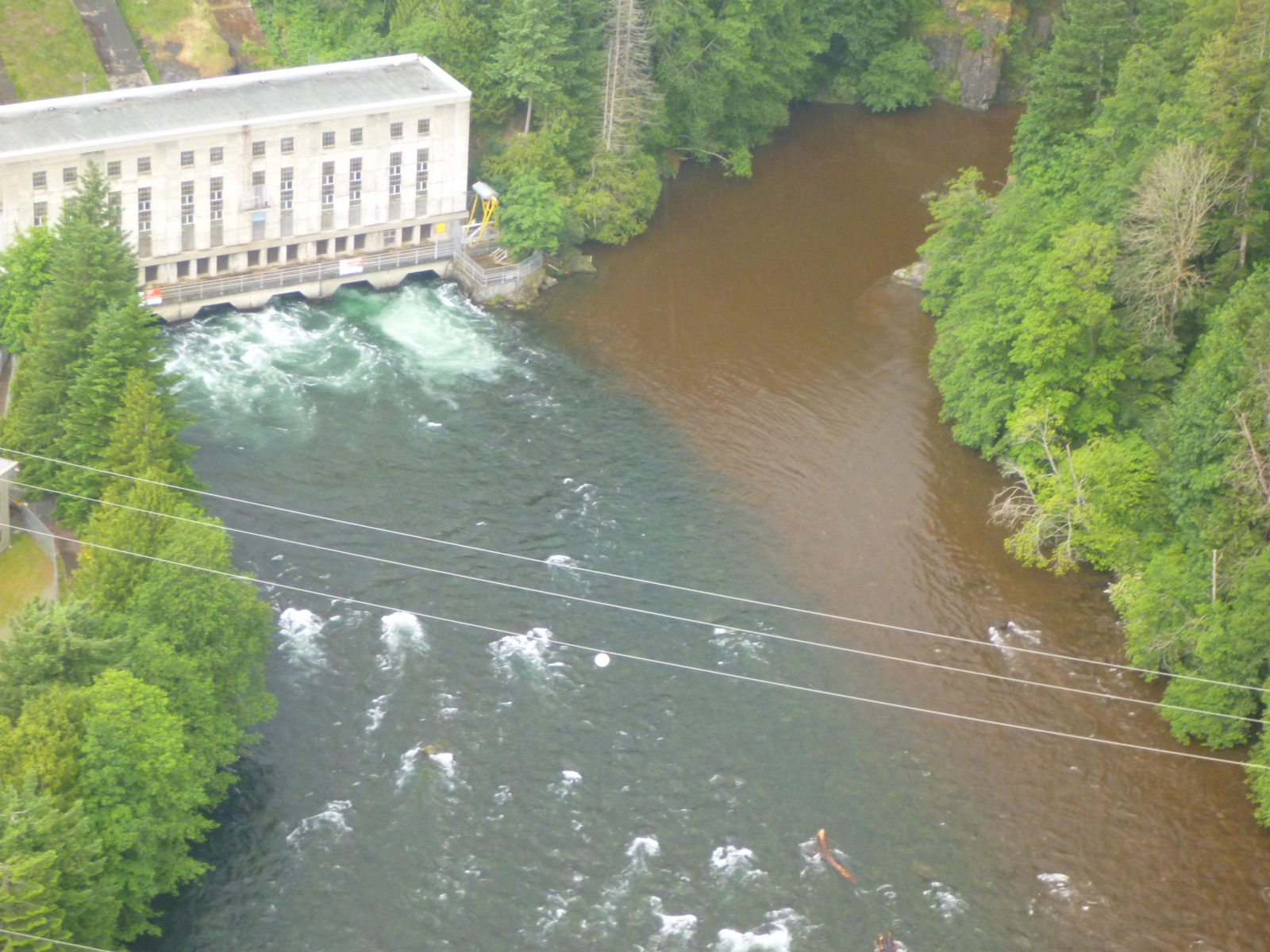
A Canadian environmental consulting firm, Ecofish Research Ltd., which has consulted on fish habitat enhancement and watershed assessment on hydroelectric projects, has announced the acquisition…
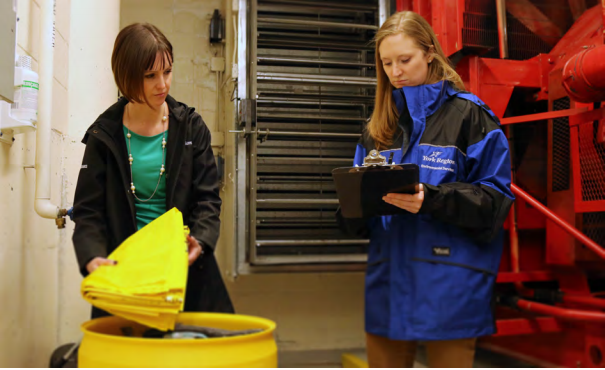
The Regional Municipality of York has released its 2016 Source Water Implementation Annual Report, which summarizes the work York Region is doing to identify and…

Helen Jowett has been acclaimed to a second one-year term as chair of the Grand River Conservation Authority (GRCA). Chris White has also been acclaimed…
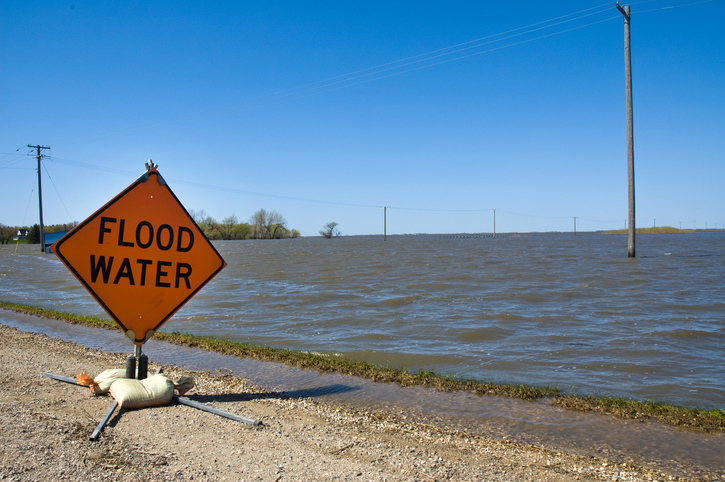
Manitoba has released its 2017 January Conditions Report, which indicates that normal to well-above normal soil moisture and winter precipitation to date, combined with future…

The Tsilhqot’in Nation is in federal court in Vancouver this week to oppose an attempt by Taseko Mines Limited (TSX:TKO) (TML) to overturn the 2014…
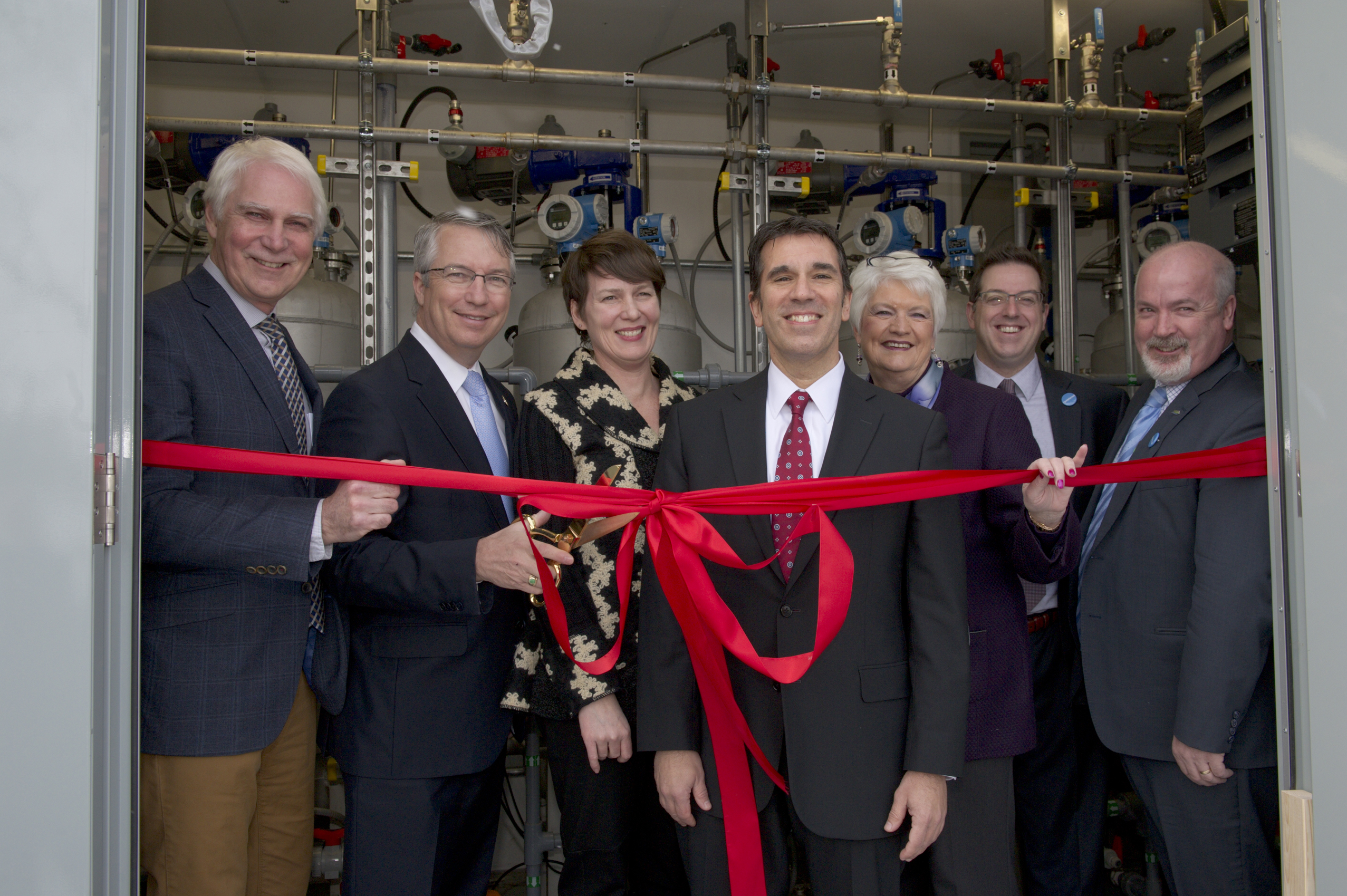
A new project installed in a technology demonstration facility at the Guelph Wastewater Treatment Plant will be used for wastewater research and demonstration of resource…
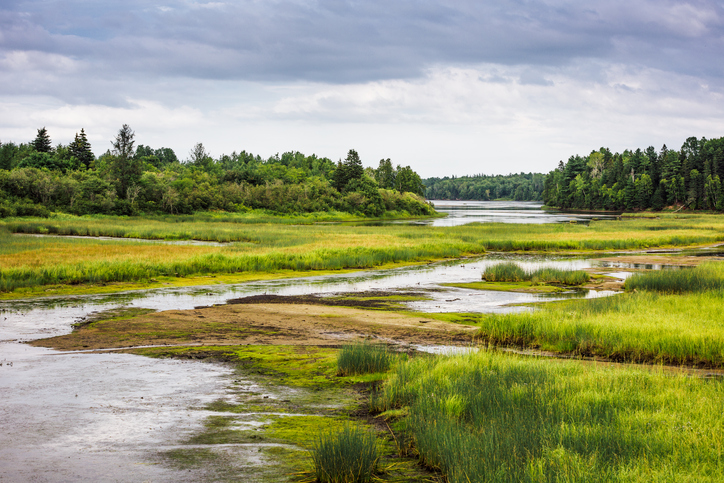
New Brunswick has announced a working group to help provide recommendations to the government and direct a provincial water strategy. The announcement came today from…
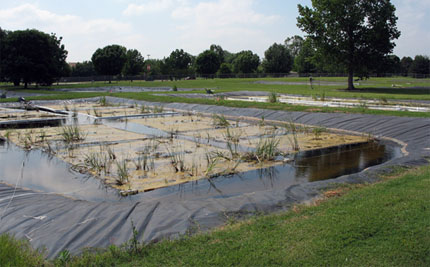
Researchers from Saint Francis University in Pennsylvania and the University of Oklahoma have undertaken a study on the use of floating treatment wetlands (FTW) as…

A report on water market shifts from Bluefield Research outlines 7 signposts to watch for in water markets for 2017. The shifts are focused on…
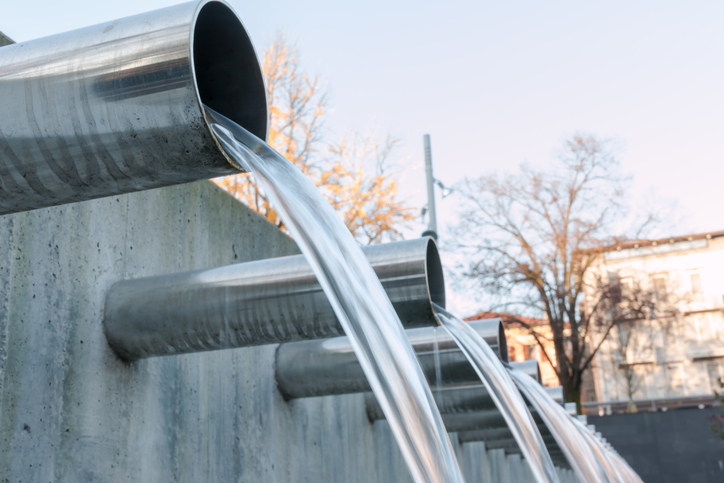
The governments of Canada and Quebec have announced further funding for projects in the province, over $5 million for five water and wastewater projects in…
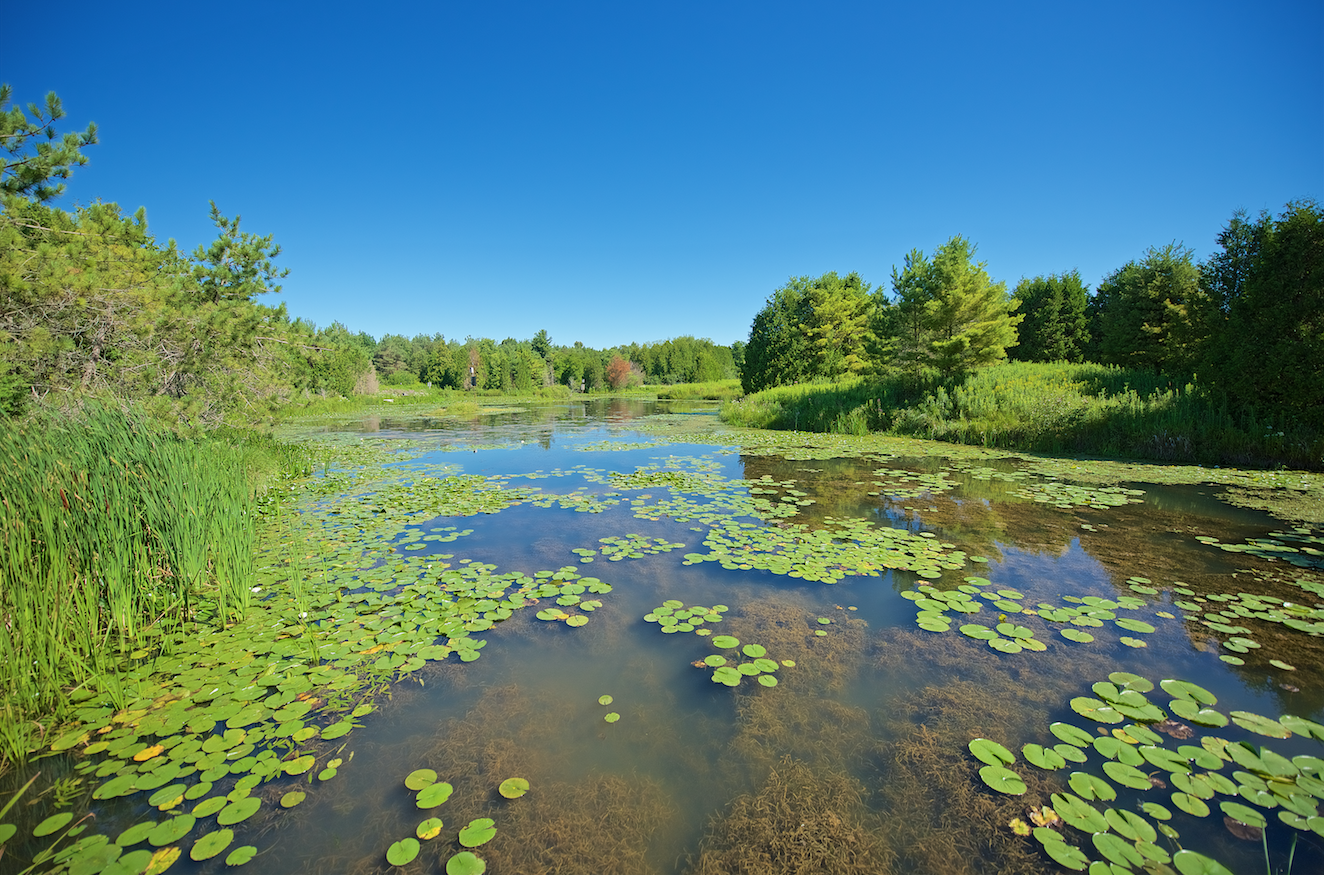
Pressure is mounting on all sides. The Greater Toronto Area is planning to accommodate another four million people and provide over six million jobs in…